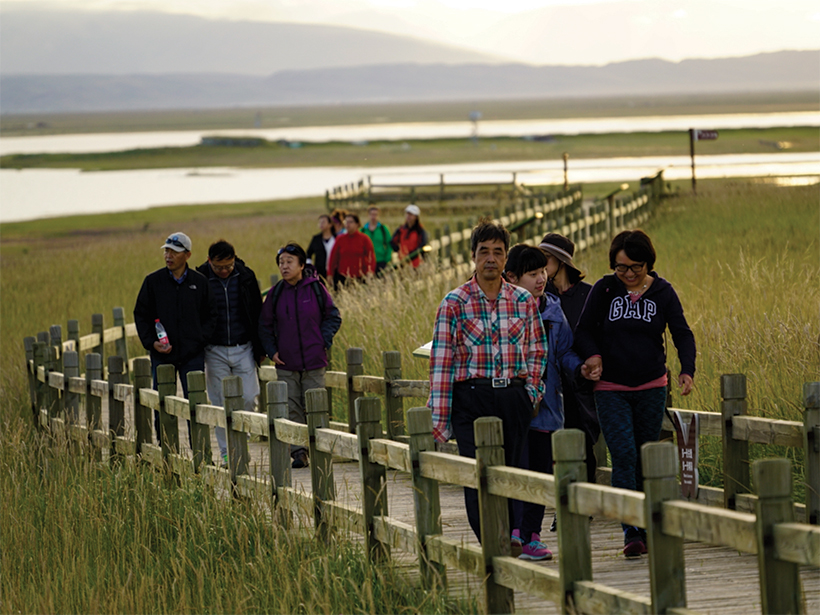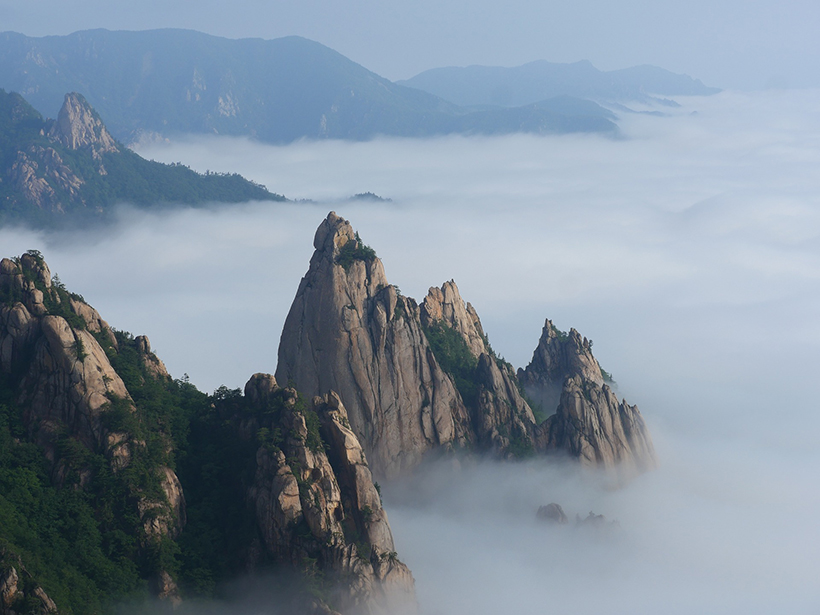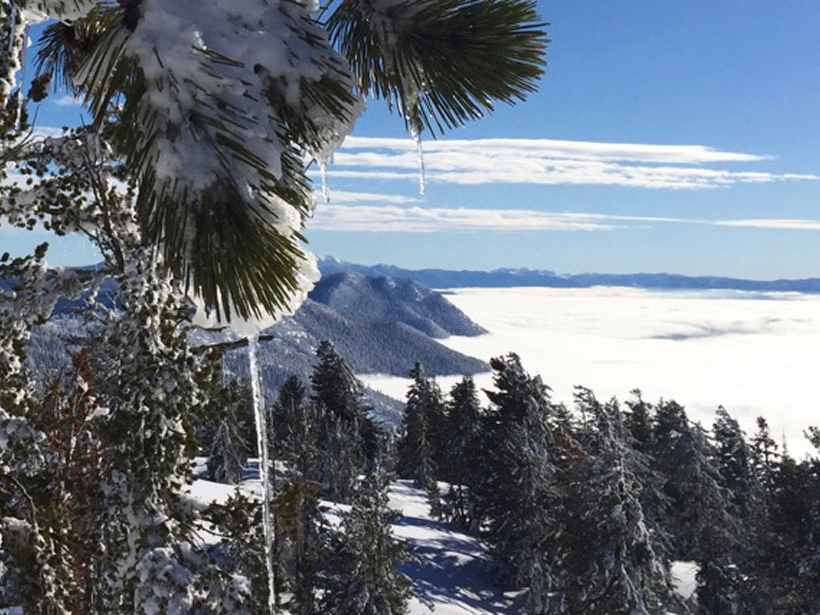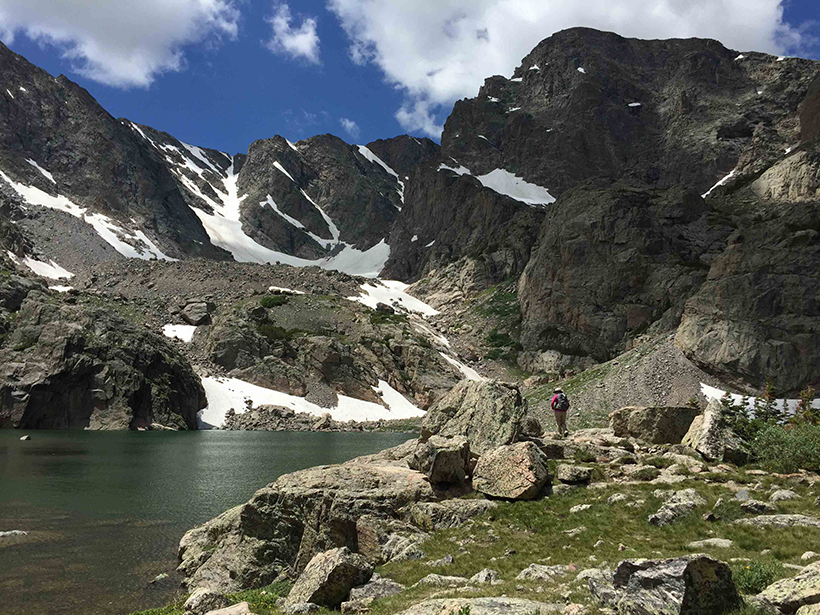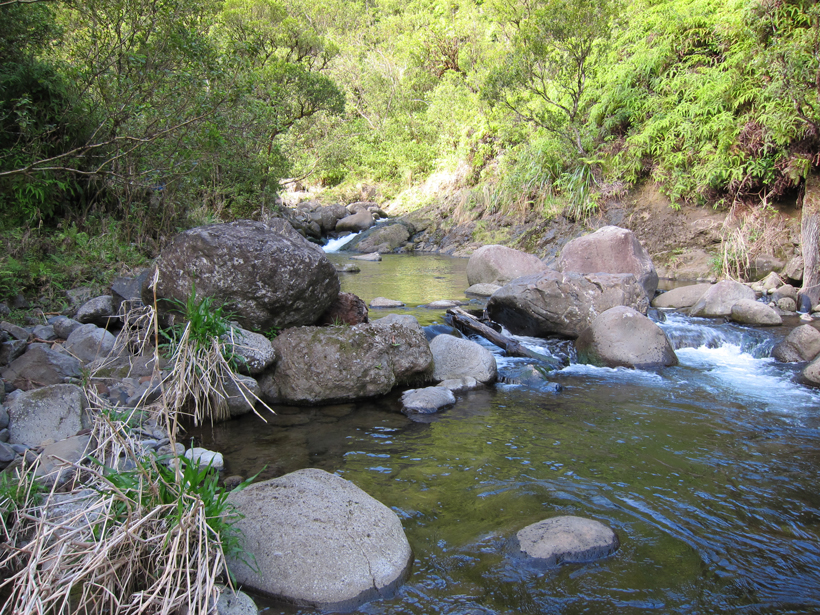Impacts of a Changing Cryosphere on Lakes and Streams in Mountain Regions: US-China Collaborative Workshop at Qinghai Lake; Qinghai, China, 21–27 August 2017
mountains
Cycles of Mountain Building Formed 2018 Winter Olympics Terrain
The Korean Peninsula’s rich geologic history can be traced on the slopes of the alpine ski course.
How Does Snow Affect the Intensity of Mountain Precipitation?
A new investigation into the sensitivity of extreme precipitation in a changing climate indicates that more winter rainfall and protracted snowmelt may require local adaptations to winter flooding impacts.
Fossils Provide New Clues to Tibetan Plateau’s Evolution
The bones of ancient rhinos, elephants, and fish constrain when the Tibetan Plateau rose high enough to prevent migration, a move that forced animals to adapt to high-altitude conditions.
Cosmic Ray Neutrons Reveal Mountain Snowpacks
The first application of aboveground neutron sensing to evaluate alpine snowpacks indicates that this method can reliably detect average snow depth and water content across intermediate distances.
Understanding Mountain Lakes in a Changing World
Mountain Lakes and Global Change Workshop; Fort Collins, Colorado, 6–8 March 2017
What Controls the Shape of Steep Mountain Streams?
The shape of steep river streams changes systematically with channel slope, but field data and theoretical analysis reveal that slope is not the sole factor in setting a channel’s form.
Monitoring Wind in Portugal’s Mountains Down to Microscales
Researchers are now gathered for the Perdigão field campaign, an effort to study wind flow physics at scales down to tens of meters. The effort should help engineers harness wind energy in Europe.
Designing Mountaintop Cloud Experiments
Whiteface Mountain Cloud Chemistry Workshop; Wilmington, New York, 16–17 September 2016
Advancing a Multisphere Approach to Third Pole Research
The International Workshop on Land Surface Multi-spheres Processes of Tibetan Plateau; Xining, Qinghai Province, China, 8–10 August 2016

